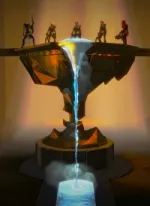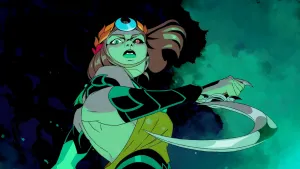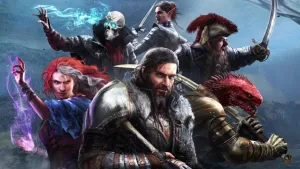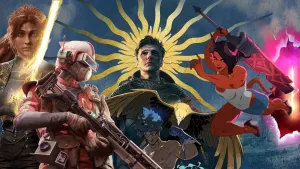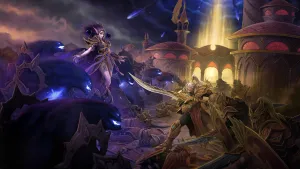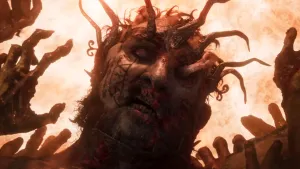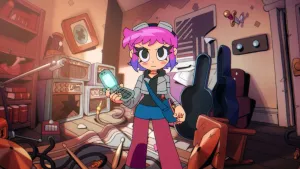Massive Chalice Review
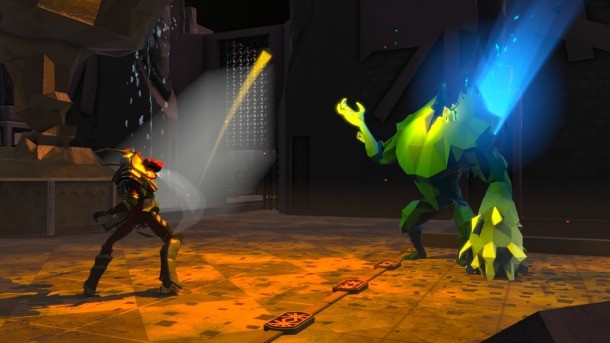
After raising several million dollars via Kickstarter to fund the adventure game that eventually became Broken Age, Double Fine tapped the gaming hive-wallet to fund another project, Massive Chalice. Broken Age has received most of the attention, but Massive Chalice feels like a more ambitious game. It takes turn-based tactical combat (inspired by Firaxis’ XCOM releases) and folds in a eugenics simulation where you arrange marriages for your warriors in hopes of propagating a new generation of even heartier warriors. Despite these interesting concepts, Massive Chalice is like a well-bred animal that hasn’t been properly cared for; it might be an impressive beast if it weren’t buried beneath a layer of shag.
At the start of the game, you’re introduced to the Cadence, a corrupting force that is slowly chewing on the edges of your nation. You have the power to destroy these monsters once and for all, but your magical atom bomb takes 300 years to charge up. In the meantime, you must defend your homeland with your best heroes and train successive generations to take up the torch.
Playing matchmaker in Massive Chalice’s tiny kingdom is far more compelling than I ever suspected. Heroes can become territorial regents, who then give birth to more heroes. I spent hours comparing my heroes stats, making sure they were compatible with each other and hoping to weed out genetic traits (like dimwittedness) that were making my armies weak. Other heroes are better suited for life in the Sagewright’s Guild, where they help speed up the research of new technologies. In either case, some of your best heroes are removed from active service; choosing which of my experienced field agents would stay home to train the next round of recruits was always an agonizing decision.
Most of my genetic engineering felt like it paid off on the battlefield. Each encounter plays out in turns as you move your heroes across a randomly generated grid, and you spend a bit of time just exploring each map, looking for Cadence to slaughter. The maps are repetitive and the graphics are dated, but you aren’t paying attention to the scenery once the action starts.
Heroes come in three different flavors: long-ranged hunters, tank-like Caberjacks, and grenade-throwing Alchemists. All three units have their own unique skills, and I loved watching those skills diversify after breeding the classes together for several generations. Even late into the game, I was discovering new ways to mix-and-match my agent’s skills to form new battle tactics. For example, I would use my Hunter’s ability to see through the fog of war and locate enemies before commanding my Alchemists to firebomb an enemy-infested hill I hadn’t even discovered yet.
Continually reengineering your team’s makeup is necessary, because Massive Chalice’s enemies are as diverse as they are deadly. Some foes shrewdly steal your heroes’ memories, causing them to lose experience and even levels, while others may age your heroes by several years with just a touch (I actually had a few heroes die of old age on the battlefield). The toils of combat often created clever new wrinkles that required my attention as soon as I made it back to the throne room.
Unfortunately, overseeing an entire nation isn’t easy. At one point, I discovered that I had mismanaged my regents, and they were only giving birth to Alchemists, which severely diminished my flexibility in combat. This little oversight took me decades to correct, but an easier-to-read menu system and better tutorial would have helped me avoid this mistake (and others). I also wish there was a better way to compare stats between two characters rather than clicking into each hero individually.
While Massive Chalice isn’t much to look at, I couldn’t wait to see this century-spanning adventure through to the end. Double Fine’s strategy simulation is rough around the edges, but hard to put down. With more polish, Massive Chalice could have been one for the ages.
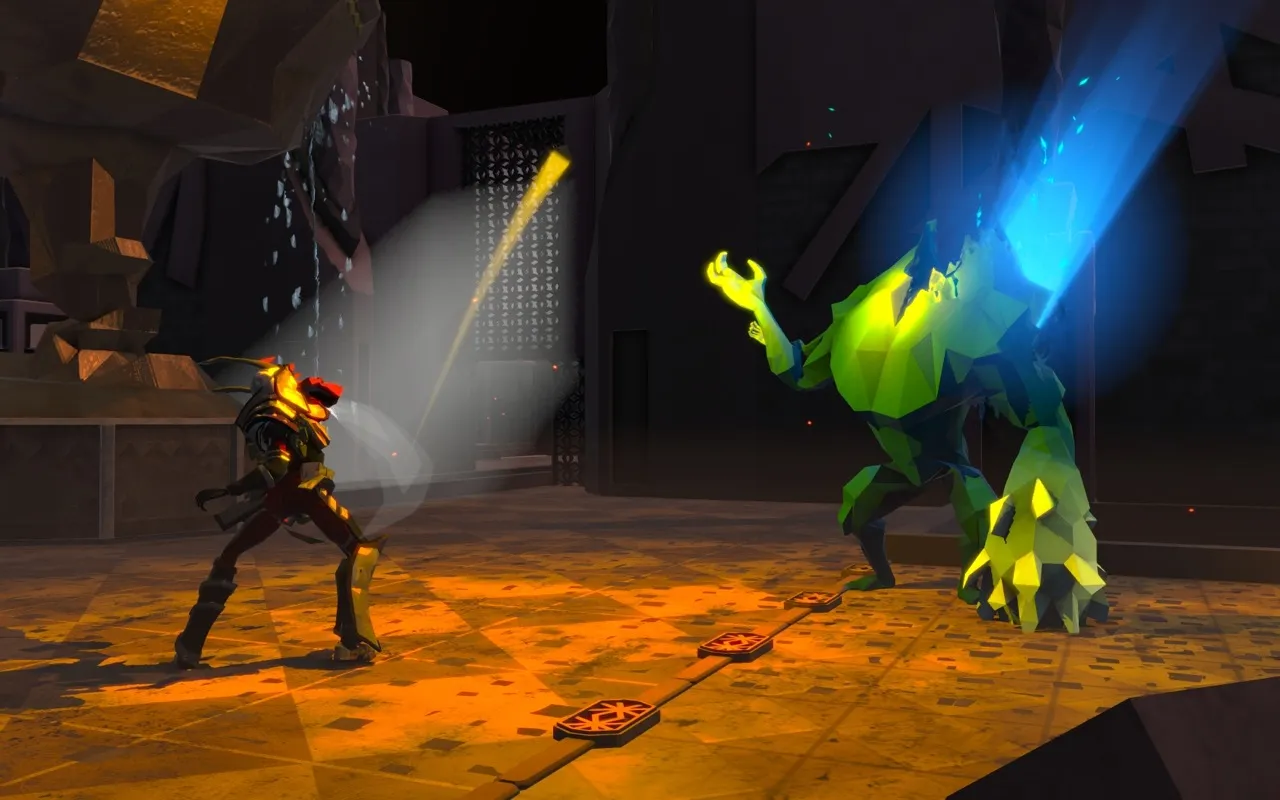
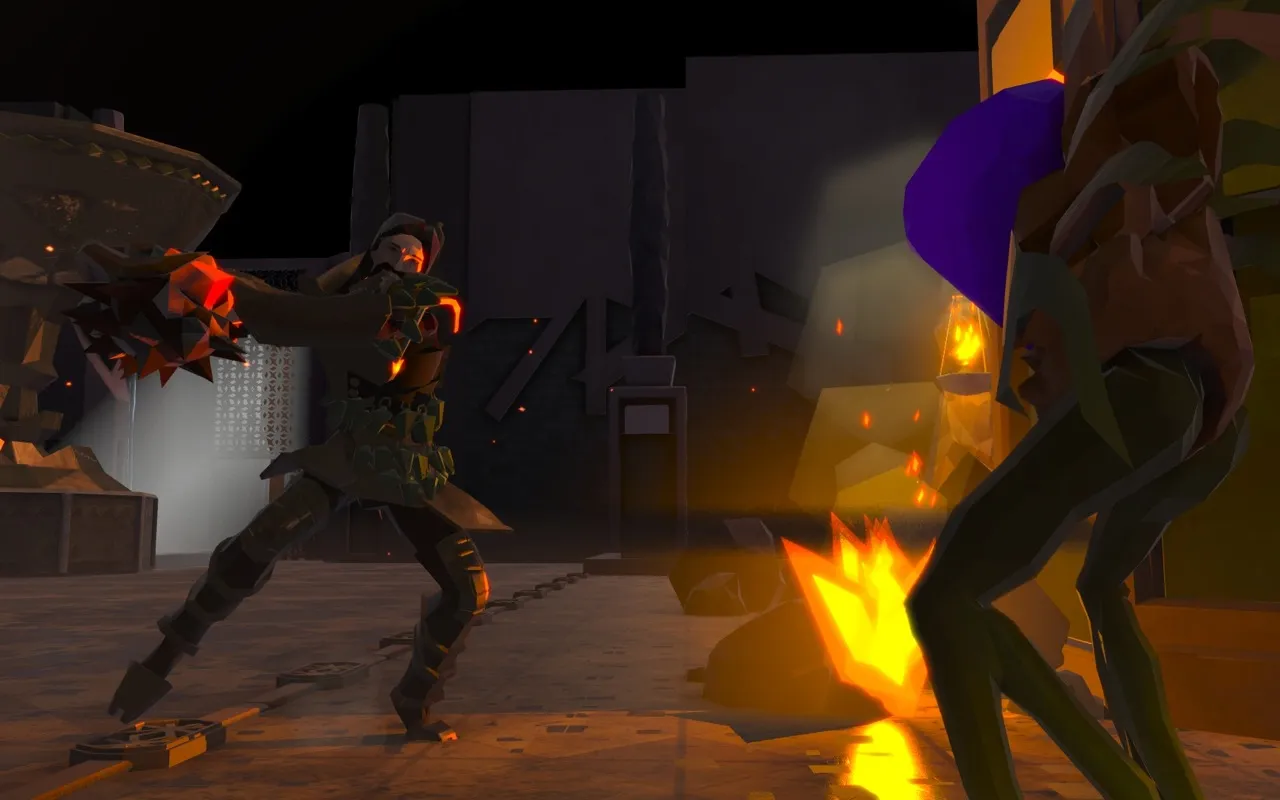
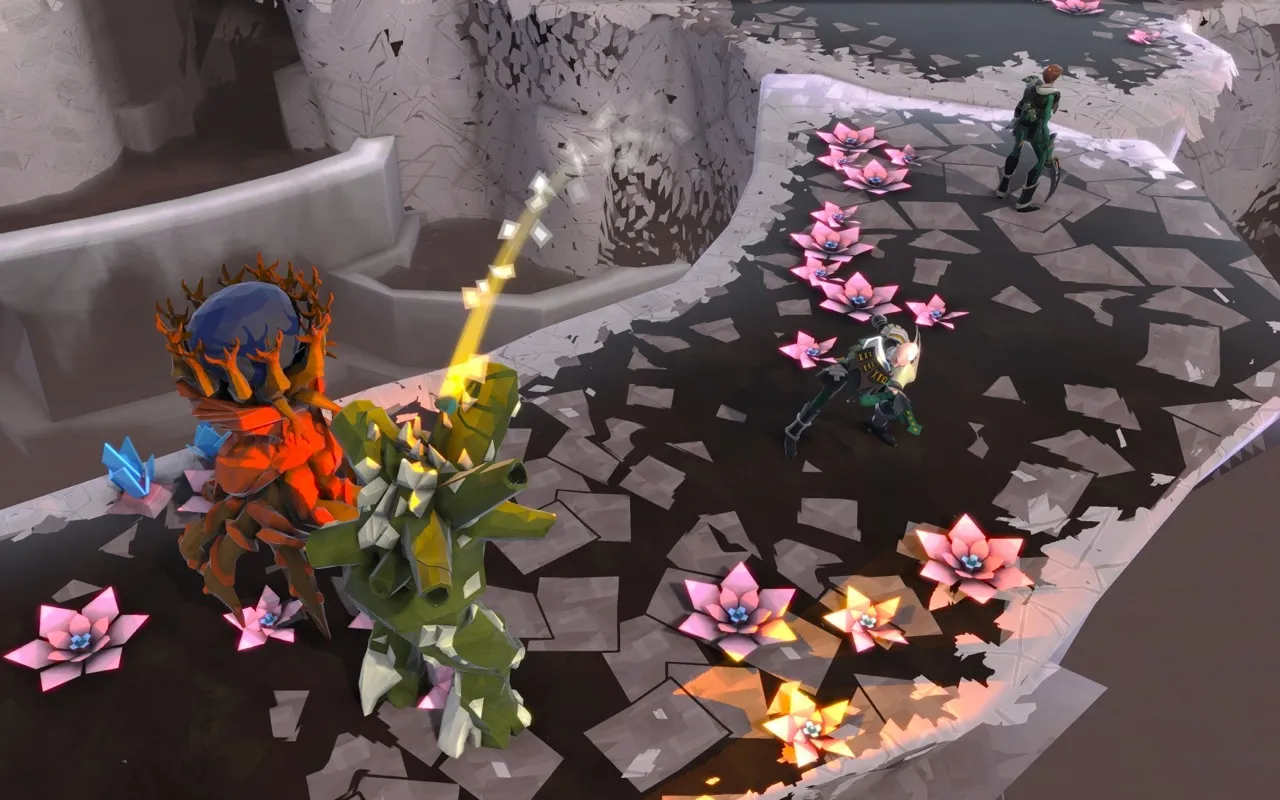
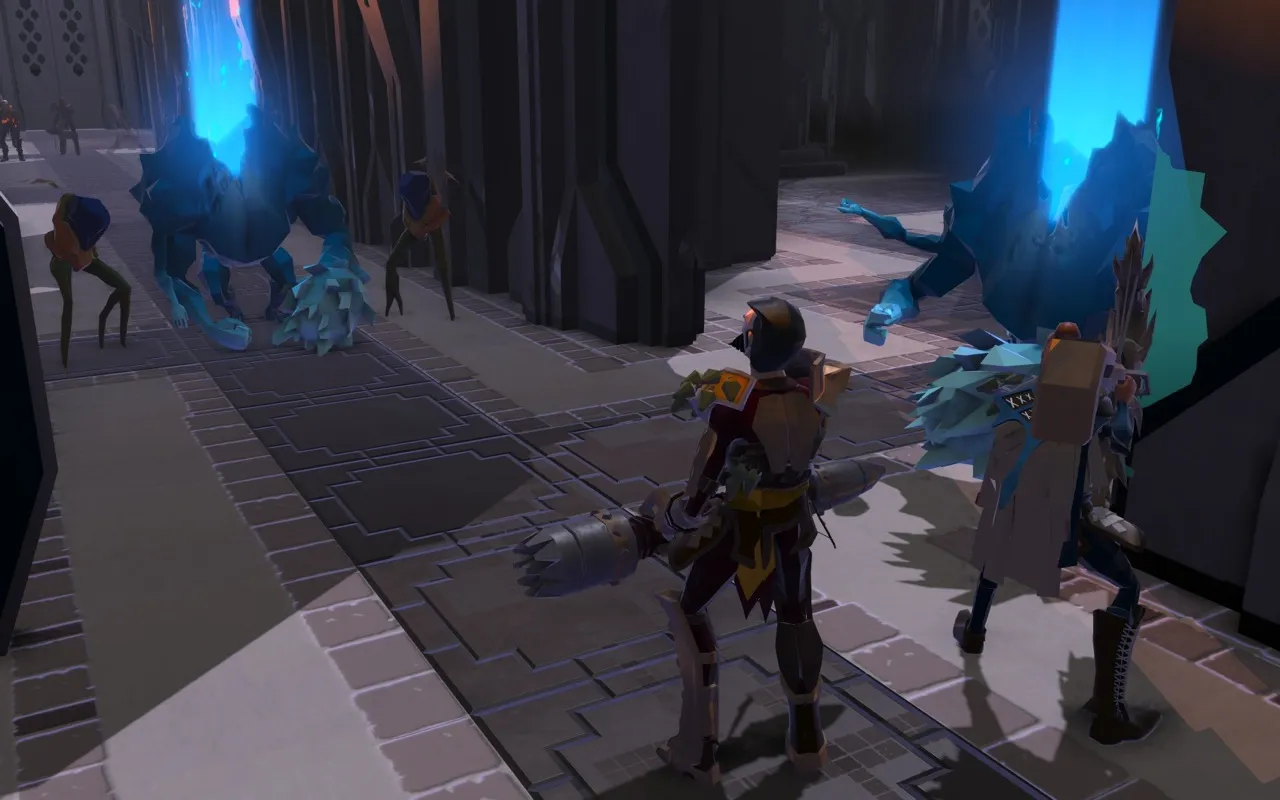
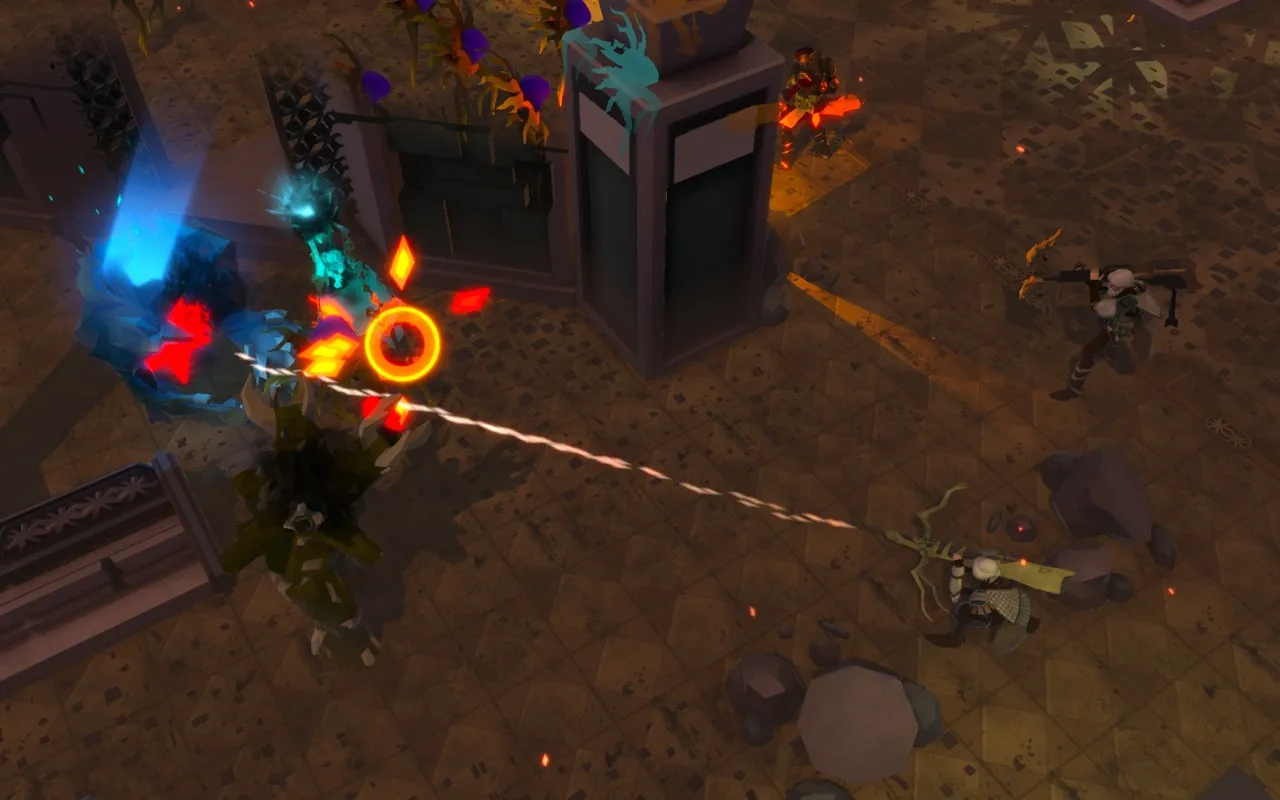
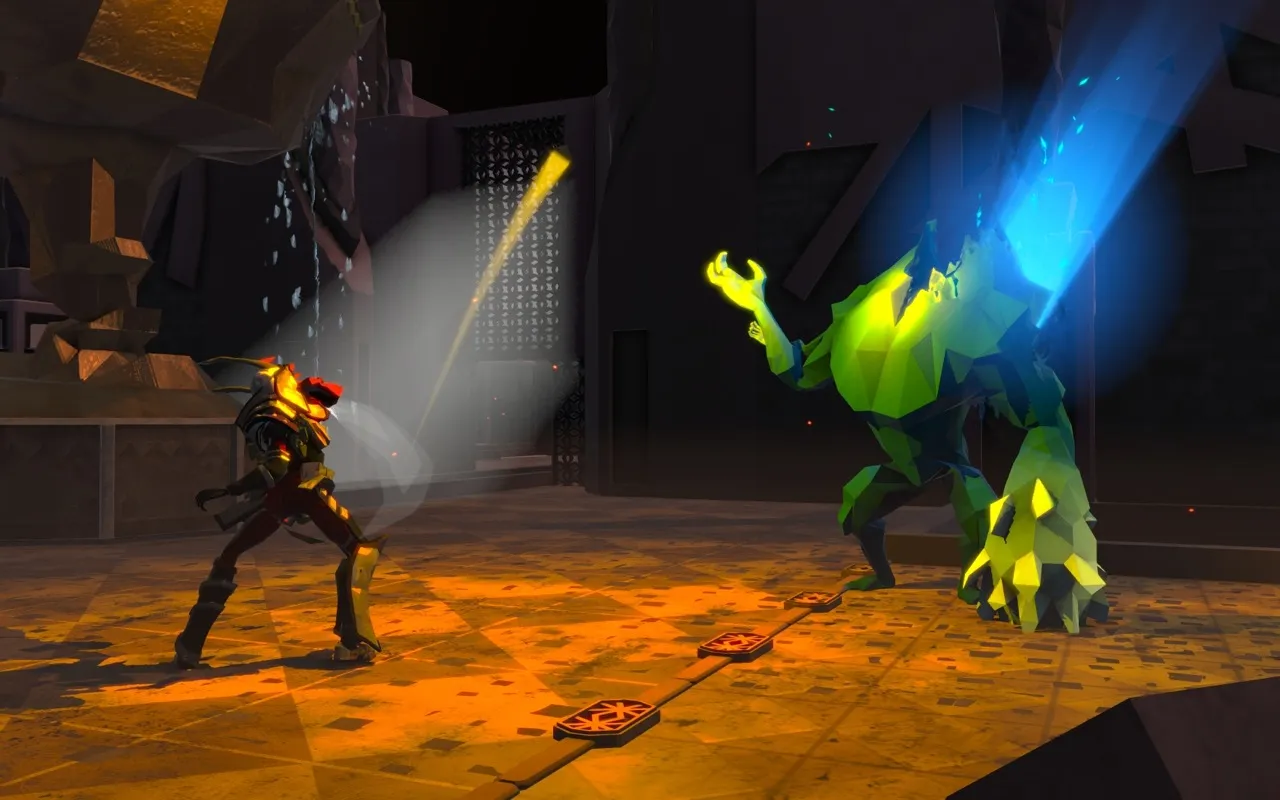
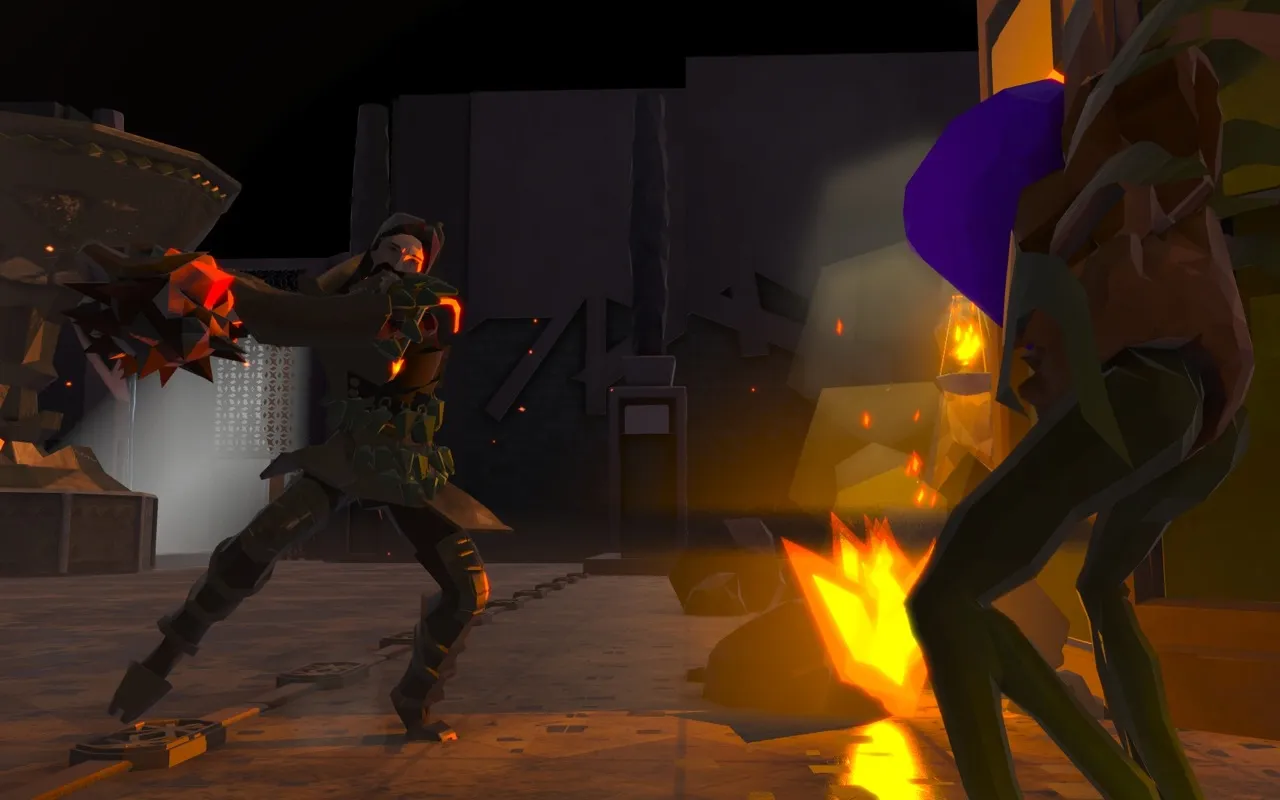
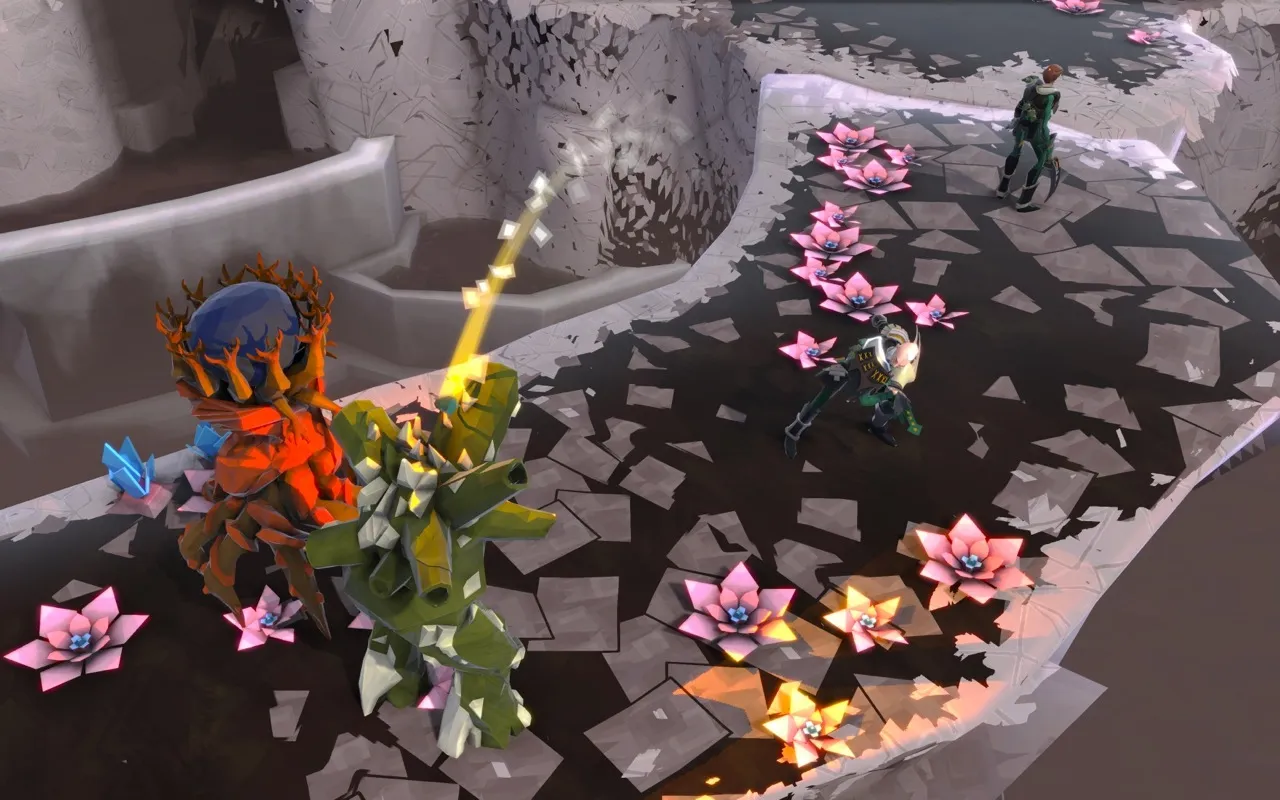
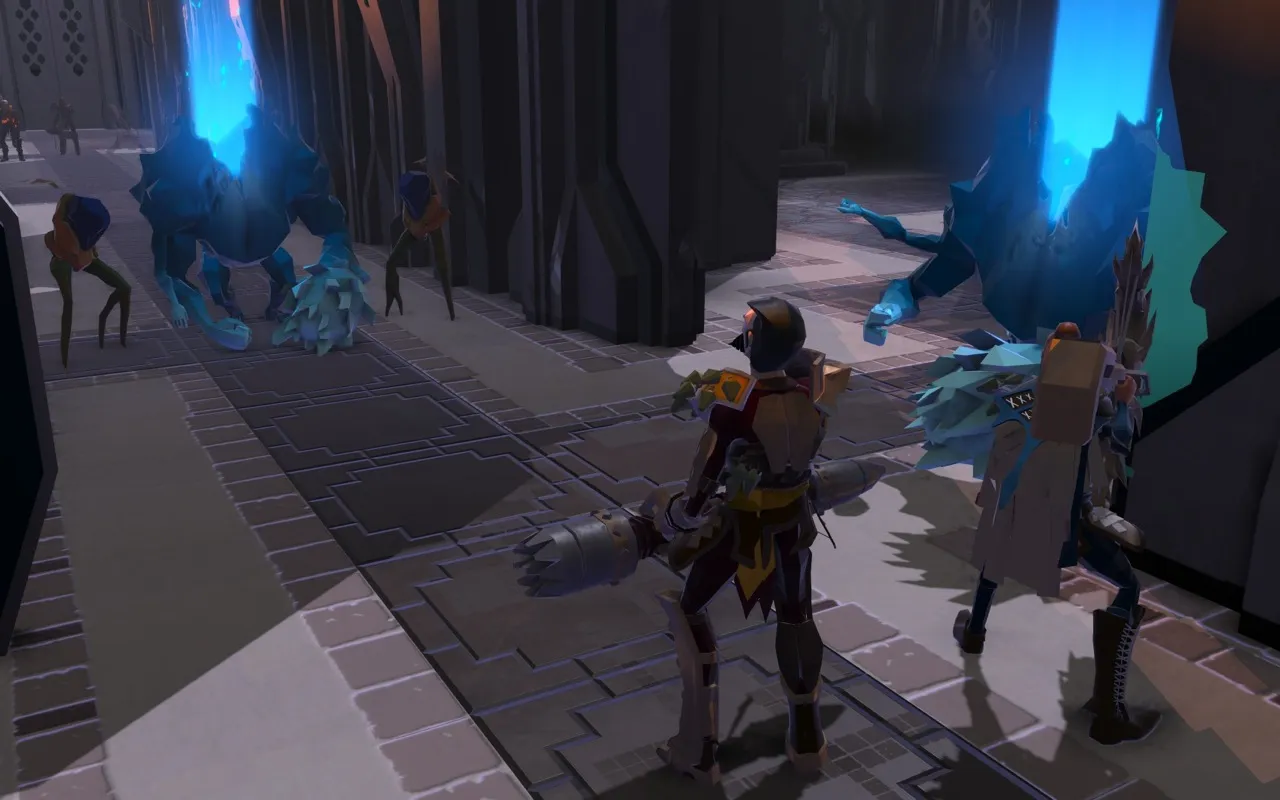
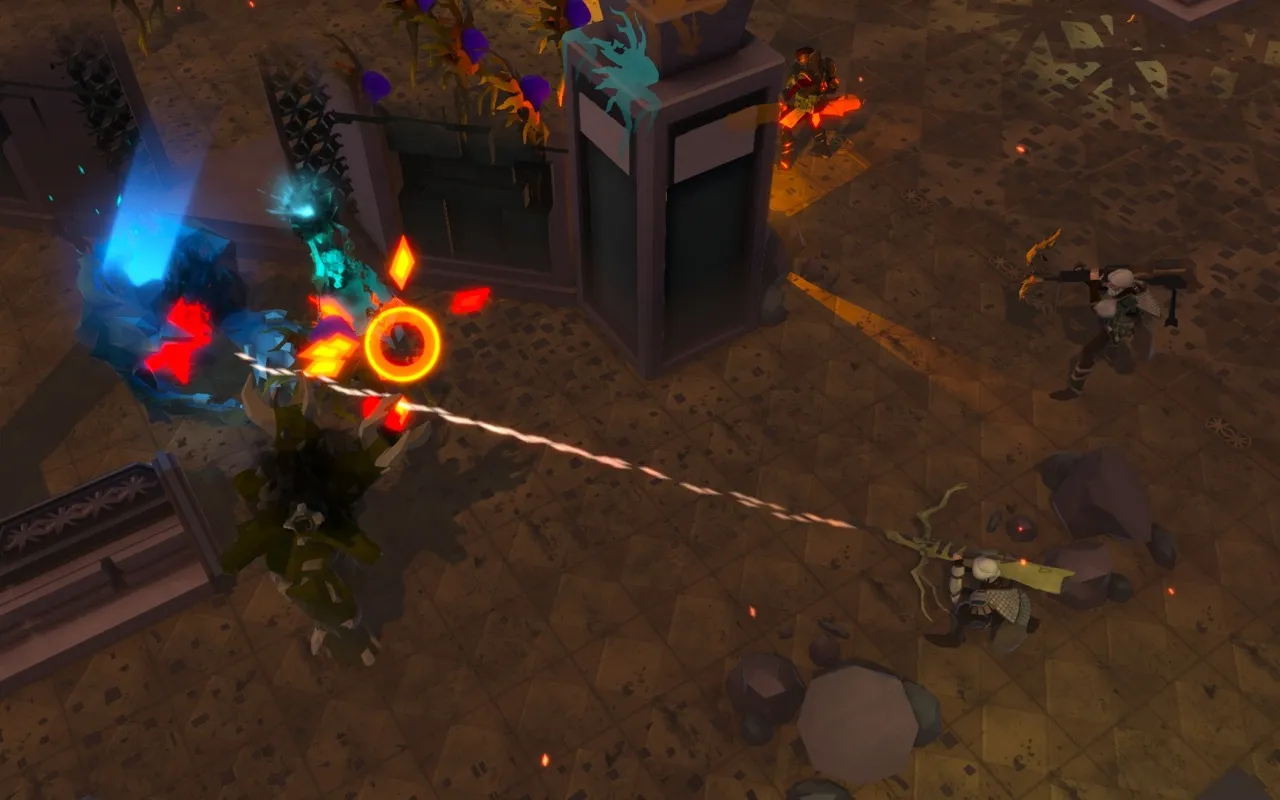

Get the Game Informer Print Edition!
Explore your favorite games in premium print format, delivered to your door.
- 10 issues per year
- Only $4.80 per issue
- Full digital magazine archive access
- Since 1991
